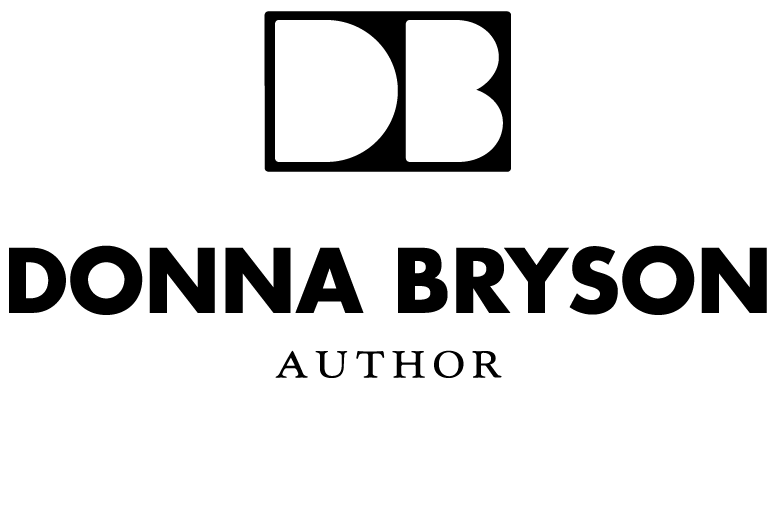A Vietnam veteran urged me several times to read “Warrior’s Return” by Edward Tick, a psychotherapist based in New York state who has worked with vets from several wars since the 1970s.
As America’s longest war grinds on, I’m glad I followed the advice of the vet who says Tick can help the rest of us understand what a tiny minority of our fellow citizens have taken on by going to war.
In a survey as the nation neared the 10th anniversary of 9/11, Pew Research Center interviewers spoke to 1,853 veterans, among them 712 who served after the September 11, 2001 terror attacks. About 2,000 adult non-vets also were questioned. The researchers found that 84 percent of the veterans of the war on terror believe the general public “has little or no understanding of the problems that those in the military face.” Among the non-vets, 71 percent agreed.
Some 4 million Americans served in the active-duty military during the first decade after 9/11. Pew researchers offered some telling comparisons: 8.7 million Americans were in the armed forces during the 1963-1973 Vietnam conflict; during the four years of U.S. involvement in World War II, 16.1 million Americans served.
The Pew researchers went on to say:
“Since 1973, there has been no military draft. So unlike other U.S. wars waged in the past century, the post-9/11 conflicts have been fought exclusively by a professional military and enlisted volunteers. During this decade of sustained warfare, only about 0.5 percent of the American public has been on active duty at any given time. (At the height of World War II, the comparable figure was nearly 9 percent.) As a result of the relatively small size of the modern military, most of those who served during the past decade were deployed more than once, and 60 percent were deployed to a combat zone.”
Repeated deployments and the high rate of combat experience have been identified as factors that contribute to PTSD. Pew researchers found 60 percent of post 9/11 veterans served in a combat zone, compared with 54 percent of their Vietnam era comrades and 53 percent of surviving veterans of the Korean War and World War II. Overall, 16 percent of post-9/11 veterans reported they were seriously injured while serving in the military, compared to 10 percent of veterans of previous wars. Pew researchers, citing Department of Defense statistics, wrote that thanks to advances in medical treatment, troops wounded on the battlegrounds of the war on terror are surviving trauma that would have killed them in an earlier era. Pew cited what is known as the “wounded-to-killed ratio,” or the number of service members wounded in action compared to the number who died. It was 7.4 to 1 for Iraq and Afghanistan; 2.6 to 1 for Vietnam; and 1.7 to 1 for World War II.
These physically and psychologically battered fighters return to find their friends, relatives and neighbors have little understanding of what they have been through. They imagine civilians fear that veterans are volatile and prone to violence. What civilians often miss is that veterans are more likely to hurt themselves than anyone else.
As former Veterans Administration Secretary Eric K. Shinseki told The Washington Post, this generation of soldiers has been asked “to do a lot more, in a smaller serving force, in some of the longest wars in our history.” The toll is evident in soaring PTSD, divorce and unemployment rates among veterans. One poll found that half the Americans who made it back from Iraq and Afghanistan say they know a fellow service member who attempted or committed suicide.
Pew researchers said, “The American public is well aware that the sacrifices the nation was called upon to make following the terrorist attacks of September 11, 2001, have not been borne evenly across the military civilian divide. More than eight-in-ten Americans (83 percent) say that members of the military and their families have had to make “a lot of sacrifices,” while 43 percent say the same about the public as a whole.
“But even among those who say the military’s sacrifices have been greater than the public’s, seven-in-ten say they see nothing unfair in this disparity. Rather, they say, it’s “just part of being in the military.”
Tick writes with an academic’s thoroughness and grasp of history, with a humanitarian’s warmth and with great admiration for former warriors. In 2006, he and his wife and fellow therapist Kate Dahlstedt founded the nonprofit Soldier’s Heart in Troy, New York. Their organization offers therapeutic retreats and pilgrimages and guides meditation and other spiritual practices. It also connects community groups that reach out to veterans. In November, he will Soldier’s Heart’s 17th annual visit to Vietnam. He calls the trips, during which U.S. Vietnam vets meet their Vietnamese counterparts as well as Vietnamese civilians, healing journeys.
Tick has contemplated what must be done to heal the rift in the United States between civilians and veterans. He urges civilians to emulate the commitment to service he has seen in veterans, and express it by listening without judgment to their stories and recognizing they have sacrificed for society. Most importantly, Tick writes, Americans must acknowledge veterans’ need to continue to contribute.
Tick is concerned at what he sees as an increasing divide between those who fought and those who stayed home. Healing will require empathy across racial, ethnic and economic lines. Tick laments that: “less than 1 percent of eligible people serve; the country has become dependent on a volunteer force in which poor, disadvantaged, disenfranchised and unemployed recruits crowd the ranks. All are one within the military but many are the hurting among them, and few are the Americans who join or serve them.”
“What are warriors asking from their communities and society?” Tick writes. “To be seen as they are, for who they are, for what they gave, for their struggles now, and to be loved and honored for their unchanging essence of devotion and sacrifice.”
